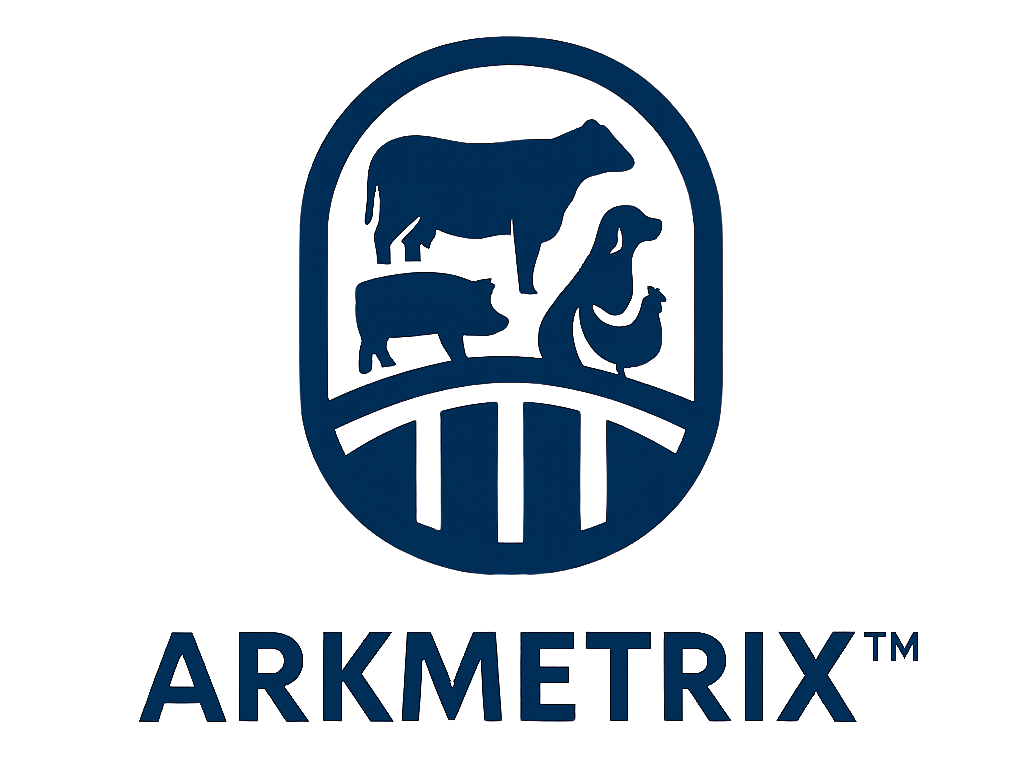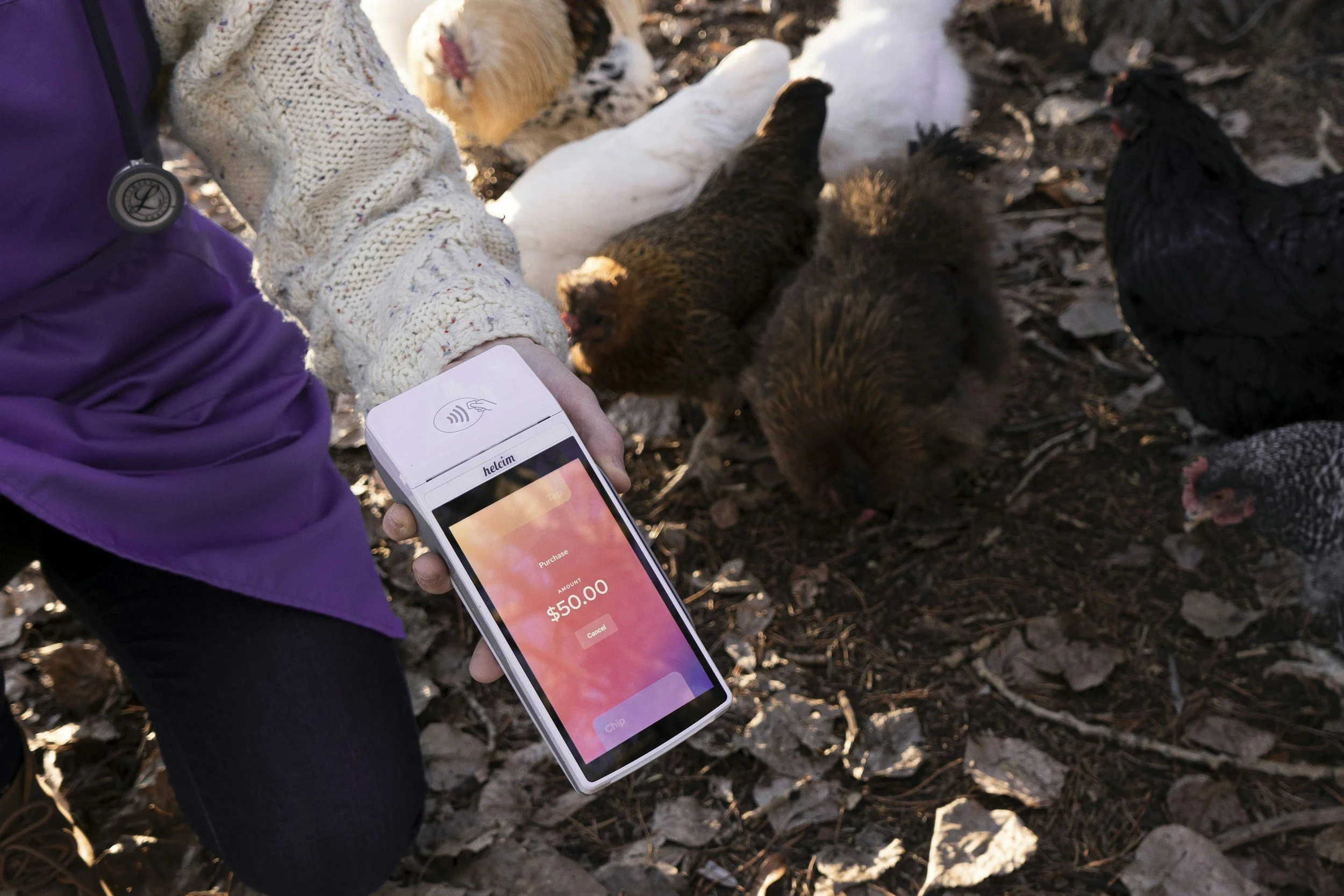Applications of Data Science and AI in Poultry Farming and Animal Science
A poultry specialist uses a mobile app to monitor chicken health and farm performance, showcasing how data scienceand AI are transforming poultry farming and animal science through real-time insights and smarter management.
Here are some new opportunities for data science in poultry farming:
1. Precision Feeding and Nutrition
Real-time feed optimization: Machine learning models can analyze bird weight, growth rates, and feed intake to adjust rations dynamically.
Nutrient waste reduction: Predictive analytics can balance protein, energy, and micronutrients to lower costs and environmental impact.
Individual bird monitoring: With IoT sensors and RFID, data science can personalize feeding for higher efficiency.
2. Health Monitoring and Disease Prediction
Computer vision & sound analysis: Cameras and microphones can detect abnormalbehaviors, coughing, or reduced activity to flag health issues early.
Epidemiological modeling: Predicting outbreaks of avian influenza, Newcastle disease, or salmonella using time-series and geospatial data.
Sensor fusion: Temperature, humidity, and ammonia levels combined with bird health data for real-time disease risk scoring.
3. Productivity Forecasting
Egg production prediction: Time-series models can forecast daily/weekly egg yields based on feed, light cycles, and climate.
Growth performance models: Forecasting broiler growth curves for optimal harvest times.
Mortality and culling prediction: Statistical modeling of flock survival rates under different management conditions.
4. Animal Welfare and Behavior Analysis
AI-driven video analysis: Detecting overcrowding, pecking behavior, or stress indicators automatically.
Behavioral anomaly detection: Identifying when birds deviate from normal activity patterns (e.g., reduced feeding, lethargy).
Welfare scoring systems: Combining sensor, video, and health records into quantitative welfare indexes.
5. Supply Chain and Market Analytics
Price forecasting: Predicting poultry meat and egg prices using global and regional datasets.
Feed supply optimization: Data-driven logistics for sourcing and transporting grain, soy, and supplements.
Consumer demand modeling: Using social media and retail data to forecast demand for organic, antibiotic-free, or specialty poultry products.
6. Sustainability and Environmental Impact
Manure management models: Optimizing waste-to-energy conversion or fertilizer application using predictive analytics.
Carbon footprint tracking: Monitoring greenhouse gas emissions per kg of chicken or dozen eggs.
Water and energy optimization: IoT + data science to reduce overuse in cooling, heating, and cleaning processes.
7. Genomics and Breeding
Genetic data mining: Identifying desirable traits (disease resistance, feed efficiency, egg quality).
Predictive breeding programs: Using machine learning to optimize breeding strategies for both broilers and layers.
Integration with phenotypic data: Linking genetics with on-farm performance for accelerated improvement.
Reference:
OpenAI, 2025. ChatGPT version 5, accessed on September 29 th , 2025, generated responses that contributed to the content of this blog.


